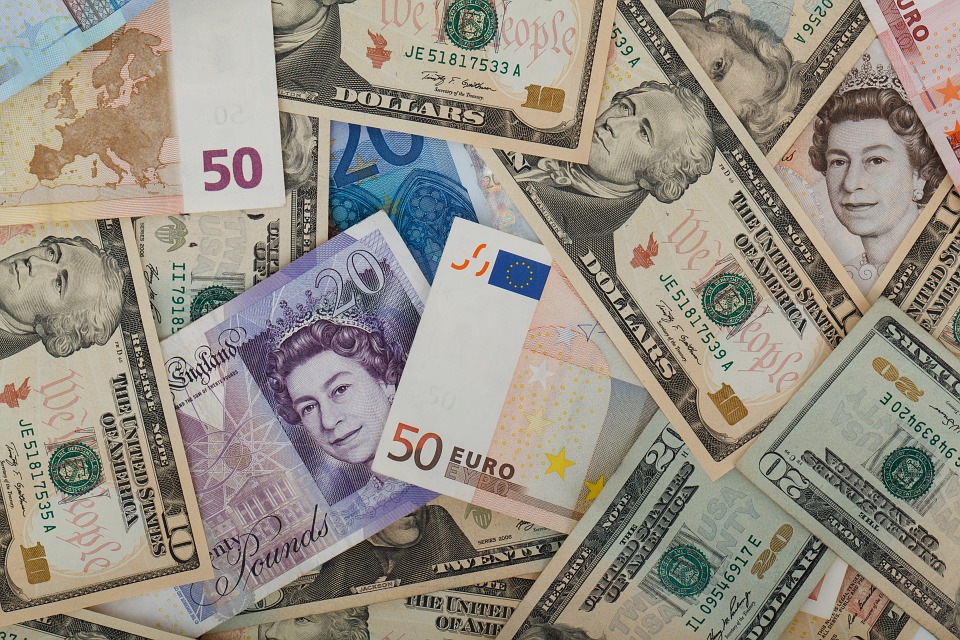Weak China data drags down Australian dollar, yuan

The offshore yuan was headed for its worst daily decline in over five months on Friday after weak economic data out of China damaged risk sentiment and weighed on the Australian dollar.
China's gloomy factory readings have brought global growth worries to the fore again, which is likely to benefit safe-haven currencies such as the Japanese yen. "February is starting with a slew of weak manufacturing data across China-sensitive parts of Asia... it's a reminder that the risk rally in emerging market currencies, and generally, is built on wobbly foundations," said Societe Generale strategist Kit Juckes. "I expect a risk-averse morning and a data-driven afternoon."
The Australian dollar, a proxy for China risk, was the main victim, falling half a per cent to 0.7237 while the dollar is set to end the week in the red, losing 0.6 per cent on the day against a basket of major currencies. Markets are now focusing on U.S. jobs data later on Friday. Analysts note that any weakness in the labour market and a fall in wage inflation would only reinforce the dovish outlook for the dollar this year.
Broader risk sentiment remained somewhat robust after a top U.S. negotiator on Thursday reported: "substantial progress" in two days of high-level talks on trade with China. The dollar is widely expected to weaken this year as the Federal Reserve turns more cautious about rate increases.
"The outlook for U.S. assets remains relatively uncompelling and investors should be shopping for value elsewhere," said Hans Redeker, global head of currency strategy at Morgan Stanley in London. "A weak U.S. equity market outlook should keep low-yielders such as the yen and the Swedish crown supported," he added.
On Wednesday, the U.S. central bank held interest rates steady as expected but discarded pledges of "further gradual increases" in interest rates. The euro rose 0.2 per cent to $1.1474 after having fallen 0.3 per cent in the last session. The single currency has not managed to gain despite broader dollar weakness as growth and inflation in the euro zone remain weaker than expected.
Sterling, grappling with uncertainty over a deal to avoid a chaotic British exit from the European Union, fell 0.3 per cent to a one-week low of $1.3044. Analysts expect the British pound to remain volatile in the coming weeks.
(With inputs from agencies.)
- READ MORE ON:
- The Australian
- This Is Us
- Japanese garden
- Japanese Americans
- Japanese art
- Integration by parts
- Spare part
- Euro Car Parts
- Systems analyst
- Business Analyst
- Financial Analyst
- Victim blaming
- Victim Support
- Victim playing
- Elsewhere on 10th
- The Books of Elsewhere
- St. Elsewhere
- Crédit Mutuel
- Le Figaro
- Real property
ALSO READ
China stocks edge lower, investors cautious ahead US inflation and China data
Shanghai stocks end higher, investors cautious ahead US inflation and China data
FOREX-US dollar flat as investors await inflation data; focus on yen action
US seeing technologies to support Russia coming from China, elsewhere, Blinken says
UK equities end volatile session higher as investors ponder rate outlook










